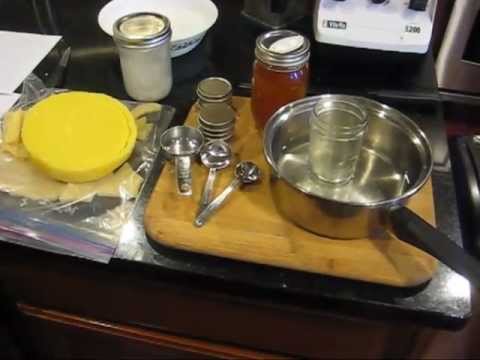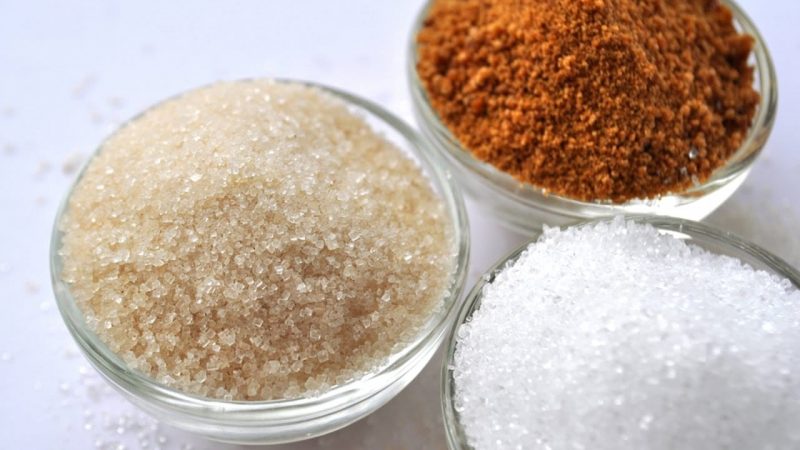There has been a lot of discussion about the decision of many cities banning single-use plastic bags, and it’s made me reflect on additional ways that my family and I can make decisions that are friendlier to the environment and to our natural resources. So today I’d like to share 4 green actions that you can start taking as a family that will show your kids easy ways of saving the earth, both for themselves and future generations.
I will admit that I was better about making environmentally-friendly decisions before I had kids because I had the time and the money to do things differently. It can be difficult to find the time to fit extra activities in as a parent, especially during the school year.
In this post, I hope to show you ways you can practice being good to the earth without big investments of time and money. And as we all know, kids learn more from your actions than from your words. Implementing these ideas will show your children by example how to make environmentally-friendly decisions, and will open the door for conversations about the effects that humans have on the earth.
Tips For Teaching Your Kids To Care For The Environment
Contents
Teach Kids to Conserve Energy
Talk to your kids about all the easy ways your family can conserve energy and keep your utility bills down, including turning off lights and electronics when they’re not in use.
Review your electric, gas, and water bills with your kids. Explain how each utility is measured to determine the cost of the bill you receive each month or quarter. Discuss what items in your home use gas and electricity. Show your kids the historical charts and ask them why they think your bills go up during the wintertime. This way, your kids will better understand why you ask them to turn off lights and water that isn’t being used.
Give your kids a quick science lesson by explaining why compact fluorescent lamps (CFLs), light-emitting diodes (LEDs), and solar lights are more energy-efficient than regular incandescent light bulbs. Read on to learn more about each type of bulb and why manufacturers started offering more efficient options.
-
- An incandescent bulb, which is the classic bulb most of us grew up with, uses a filament that heats up until it starts glowing to give off light. These bulbs create a lot of heat, much of which ends up as wasted energy.
- A CFL is a bulb that has a coiled design. It has a coating of fluorescent material that uses an electric current to produce light. CFLs contain a dangerous element called mercury and need to be handled and recycled carefully. CFLs are 4 times more efficient than incandescent bulbs and last 10 times longer. Manufacturers chose to replace many incandescent options with CFLs starting in 2012 since at the time they were the most cost-efficient option to meet a new regulation that light bulbs use 30% less energy.
- In LEDs, an electric current activates a microchip to emit light. They can create a lot of light with very little electricity. LEDs last longer than CFLs and do not contain any harmful elements as CFLs do., but also cost more.
- A solar light produces light by turning the radiation from sunlight into electricity. You can see examples of these lights in many yards or solar panels on the tops of houses.
Teach Kids to Clean Up Litter
Litter is defined as trash that has not been disposed of properly. It may not seem like a big deal to leave one piece of trash outside, but the problem adds up quickly. According to the non-profit Keep America Beautiful, 51 billion pieces of litter can be found on roads and roadsides in the US each year. The US spends a lot of money to clean up all this litter.
If the trash being left out contains plastic, chemicals from the plastic can leach into the soil and groundwater when left outside. Polluted water is not safe to drink, and polluted soil makes it difficult to grow plants and crops to eat. Another concern is wildlife. Animals can get caught in or swallow things like plastic rings from cans.
Gather your kids to do a good deed and help clean up litter on your street, at your favorite park, or at the community playground. Take your kids to the zoo to see first-hand the beauty of the animals that can be harmed from littering.
Teach Kids Respect For The Earth
My family and I love to take walks in the Metroparks (a regional park system with many locations) on nights and weekends. We enjoy the beauty of nature, look for frogs, listen to the birds sing, and get fresh air and exercise. We’re lucky to live in the Greater Cleveland area where there are tons of beautiful parks to visit.
Here are a couple of options to help build a connection to nature with your family:
- Visit your local park. Parks systems often offer summer camps and kids programs throughout the year, and some even offer water sports lessons.
- Plan a visit to your nearest national park.
- Head to the beach. Here in the Cleveland area, you could check out the beaches in Lakewood, Bay Village, or Mentor. Sunbathe, play in the sand, and jump the waves.
- Visit a nature center to enjoy the great outdoors.
The more time your kids spend enjoying nature, the more they will want to care for the environment to preserve it.
Teach Kids to use reusable water bottles
According to Forbes Magazine, 1 million plastic bottles are bought around the world each minute. Let that sink in – 1 million each minute!
An easy idea to help prevent more plastic water bottles in our landfills is to bring reusable water bottles with you to events that may have plastic single-use water bottles. Buy each member of the family their own water bottle, if they don’t already have one. I’ve even started bringing our reusable water bottles to fast food restaurants. Plus, you get the added benefit of saving the money you would have spent on drinks and getting your kids to drink water instead of sugary juice or soda.
Talk to your kids about the number of plastic water bottles in our landfills. Explain to them how long it takes a single plastic water bottle to break down. This number has been estimated at 400 years when the most common plastic is used.
Conclusion
I hope I’ve given you some new ideas to be kinder to the earth in everyday life and to teach your kids why it’s important to take actions that will help in saving the earth. If you’re already doing all of these things, pat yourself on the back! You’re doing an impressive job in helping the environment and teaching your kids by example.


